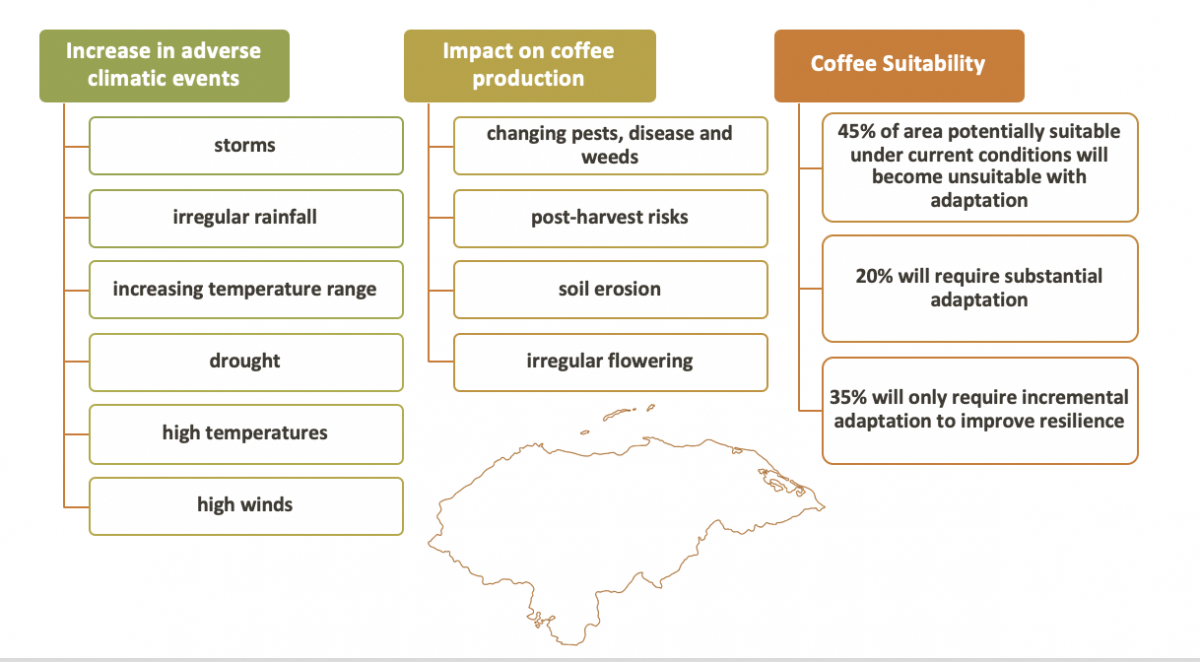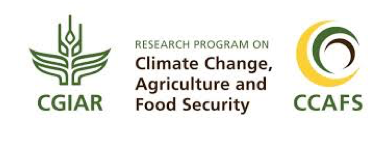Climate change has become a reality that affects coffee producers across the globe but does not do so in a uniform way. Each coffee growing area faces differing climate threat levels and severity of effects from climate change, meaning each coffee stakeholder group has a different decision-making environment.
Climate change causes both discrete, short-term shocks, such as unusual weather variability or floods; and gradual, longer-term stressors, such as multi-year warming trends. Climate shocks and stressors may be idiosyncratic, only affecting particular communities or suppliers, or they may be covariate, simultaneously affecting large swathes of the supply chain. For instance, in the past decade roya (coffee leaf rust) has affected farmers across Latin America, contributing to significant productivity and economic losses. These types of climate related impacts are likely to increase in the future and spread to new sourcing areas, bringing further challenges for coffee productivity and quality. In Honduras, for example, weather variability and climate events continue to reduce suitable coffee growing areas and have a negative impact on coffee production. In the diagram below scientists from CIAT use the country of Honduras to show the climatic events caused from climate change, the impact on coffee production and finally the suitability of the country to grow coffee, given climate change affects.






